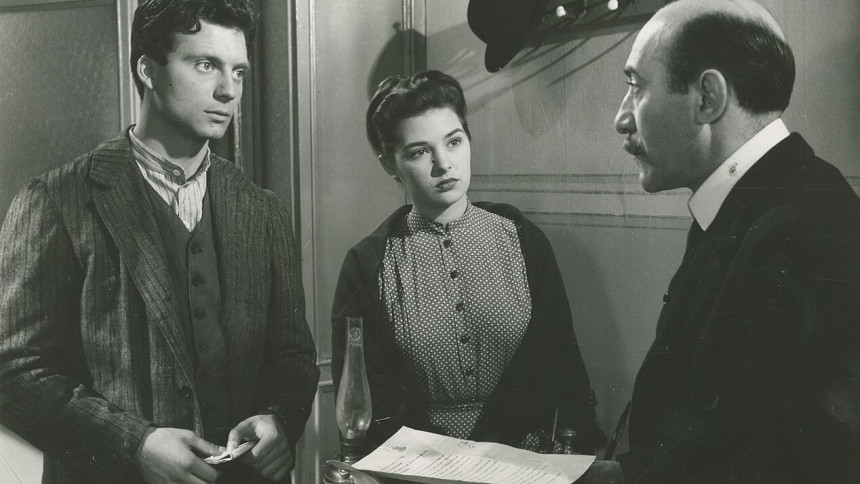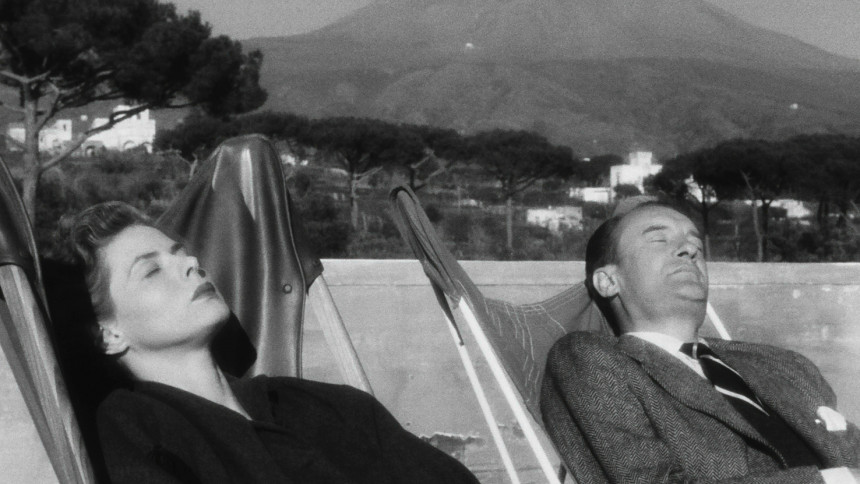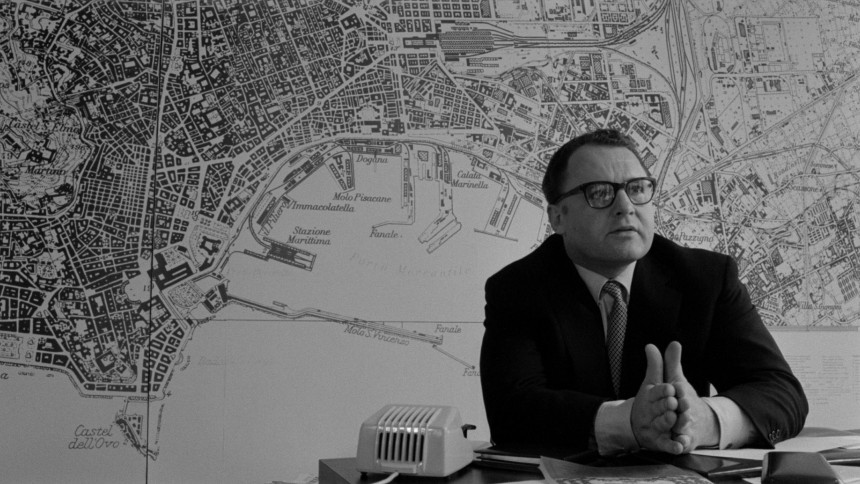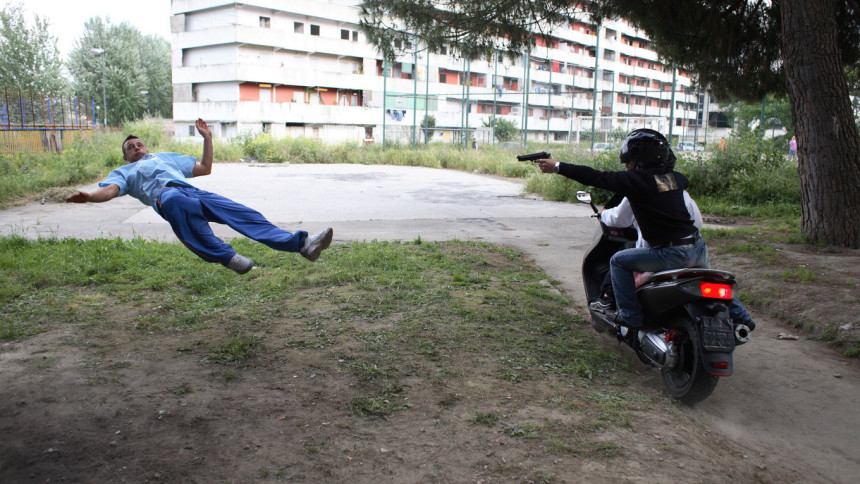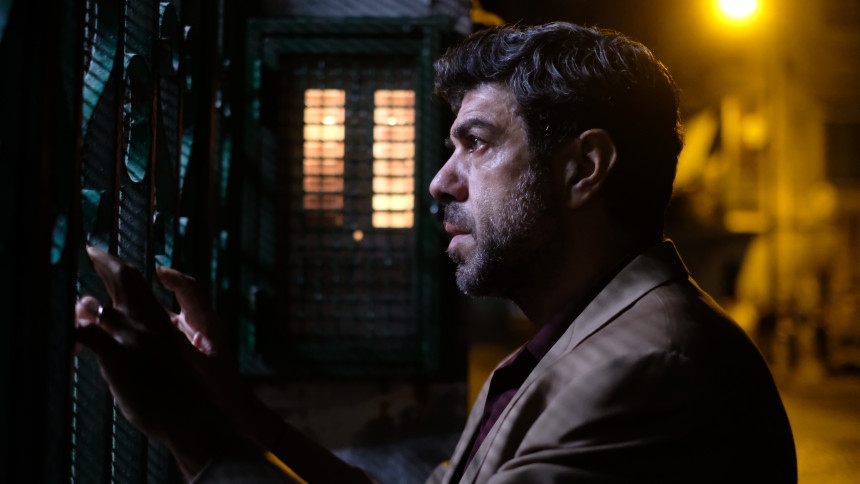Napoli
With the support of the Italian Cultural Institute in Paris
In the presence of Jean-Baptiste Thoret, writer and film historian, and Christian Viviani, essayist and film historian
After Sicily in 2020, it is now Naples’ turn to reveal itself to us through a dozen films. A city of contrasts, Naples is captured on camera as if it was open-air theatre, where tensions between misery and grandeur, light and shadow are constantly being played out. Dominated by the menacing shadow of Vesuvius, the city lives under the constant threat of a tragic fate, recalled by the ruins of Pompeii. Yet far from resigning themselves to this, Neapolitans seem to embrace this fragility with a frenetic, almost vital energy.
After Sicily in 2020, it is now Naples’ turn to reveal itself to us through a dozen films. A city of contrasts, Naples is captured on camera as if it was open-air theatre, where tensions between misery and grandeur, light and shadow are constantly being played out. Dominated by the menacing shadow of Vesuvius, the city lives under the constant threat of a tragic fate, recalled by the ruins of Pompeii. Yet far from resigning themselves to this, Neapolitans seem to embrace this fragility with a frenetic, almost vital energy.
Founded under the Greek name of Parthenope, Naples is one of the oldest continuously inhabited cities in the world. Its legendary port, its tumultuous history – it was under Angevin rule for almost two centuries (1282-1442) – its vibrant culture, and its generous cuisine make it a unique place, an inexhaustible source of inspiration for artists. But Naples is also home to the Camorra, the local mafia that runs like a silent character through the history of the city and its cinema. From Luigi Zampa’s The City Stands Trial (1952) to Gomorra (2008), adapted from Roberto Saviano’s book, the Camorra is a common thread, a pervasive presence marking stories and destinies.
This tension between exuberance and angst, between beauty and chaos, has captivated many directors and actors. From the legendary Totò (born to a single working-class woman who had a relationship with the son of a marquis) to Roberto Rossellini, whose film Journey to Italy (1954) is considered a major modern work by Jacques Rivette, who admired this daring project, written day by day. Vittorio De Sica, although of noble origin, never forgot the poverty of his early years. While Bicycle Thieves (1948) and Umberto D. (1952) remain masterpieces of neorealism, it was with The Gold of Naples (1954) and Marriage Italian Style (1964) that he immortalized the tragicomic soul of the city. Through these films, Sophia Loren, who was discovered by De Sica, embodied Neapolitan beauty and resilience, becoming a global icon.
Closer to home, Paolo Sorrentino, who is from Naples, has also turned his camera on his native city. After One Man Up (2001), he returned with The Hand of God (2021), a deeply autobiographical film in which Naples becomes a central character. Other contemporary filmmakers, such as Pietro Marcello (Martin Eden, 2019), Leonardo di Costanzo (The Interval, 2012; The Intruder, 2017), Mario Martone (Nostalgia, 2022) and, more recently, Gianfranco Rosi (Below the Clouds, 2025) have explored the city from various angles, revealing its many faces.
Finally, how can we not mention the man who, in the 1980s, restored its dignity to Naples, wiping away the image of its inhabitants as people doomed to filth and degradation? Diego Maradona gave Naples an epic destiny when he joined their football club. Asif Kapadia’s eponymous film (2019) traces the life of the famous Argentine footballer through numerous archives, most of which are unpublished. Through his magic on the field, Maradona changed the way the world saw the city, giving it a new, almost mythological aura.

